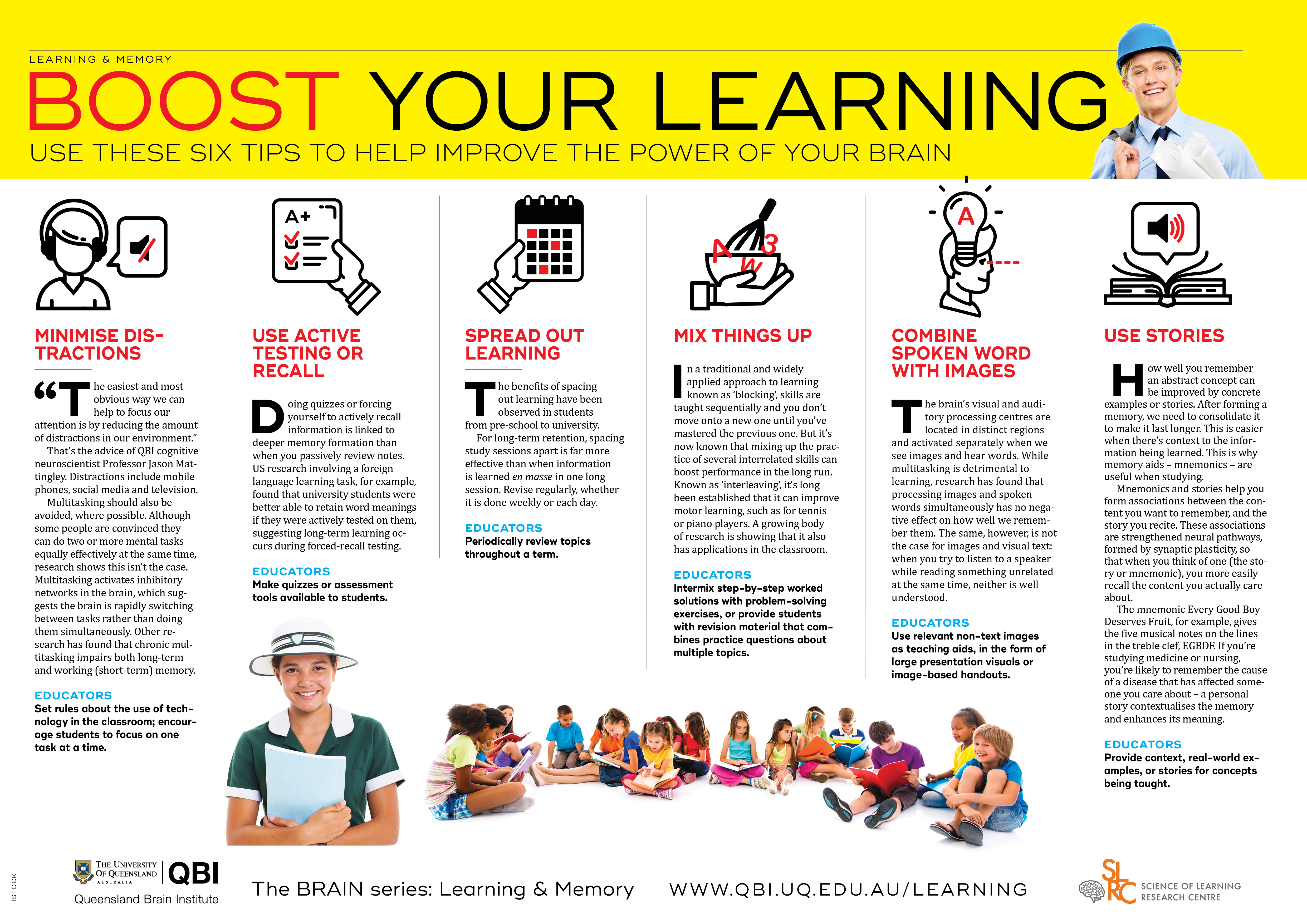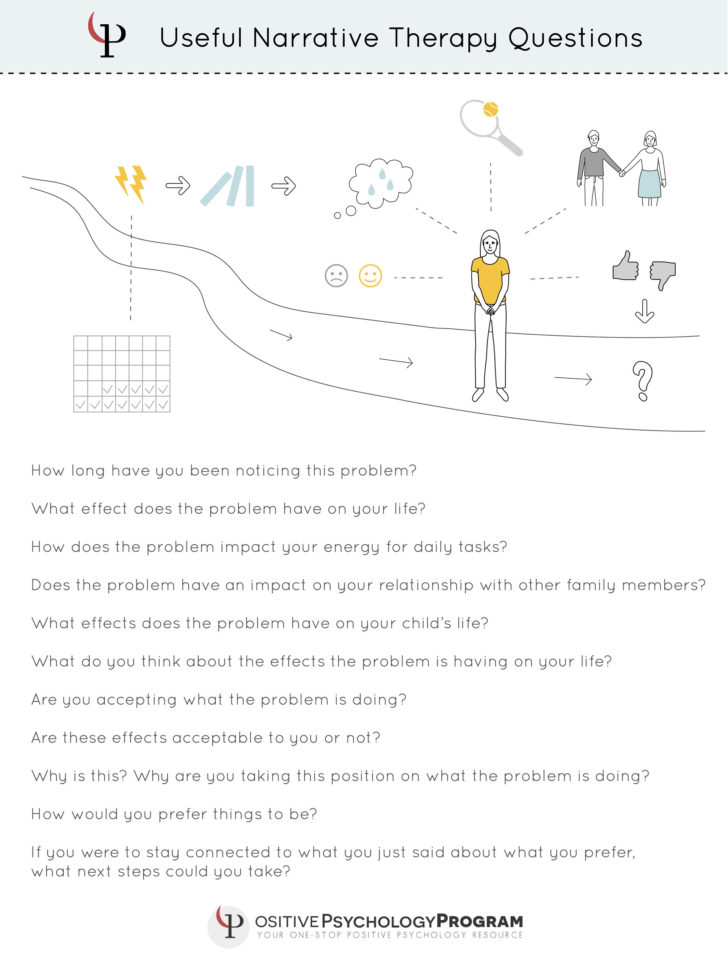

Reading/Writing learners rely on written words to retain information. They invite the student to ask more questions and jump into a 1:1 discussion so that the student stays engaged and interested in the session. The expert tutors at TutorEye keep the participation verbal for such students. They are able to grasp the knowledge by being attentive in the lectures. They understand better through oral presentations and discussions. Such students learn better by listening to the information. We enable learning through graphical information which includes charts, tables, graphs, and images.ĭo you prefer listening to the lectures instead of taking written notes? You could be an auditory learner. We use graphical representation of information which helps students remember concepts and ideas. If you try to picture things in your head when you come across a piece of information, you could be a visual learner.Īt TutorEye, the online environment is well suited for this type of learner. They learn more when they get to see what they are learning. It could be in the form of maps, diagrams, images, etc. Visual learners prefer to have concepts presented to them by visual means.
/GettyImages-554993059-progressive-education-575319405f9b5892e88fd907.jpg)

Let us have a look at how we make it happen- Visual Learners for educational purposes to be used by UConn students, staff and/or faculty. We, at TutorEye, identify the learning style of our students and make sure to fabricate our sessions in a way that is best suited for them. Read through the methods listed under the other learning styles as well. How does TutorEye assimilate VARK into its teaching sessions? It not only helps in better learning but also increases the engagement of the student in the class. Once a student’s learning style is determined, the tutor can customize their teaching methods accordingly. This model helped the educators understand a student’s preferred learning style based on a VARK questionnaire. Conditions Affecting the Gastrointestinal System.Children who are visual processors tend to observe a parent’s or teacher’s body language and facial expressions for. Trauma-and-Injury-to-the-Nervous-System These are the four main types of learning styles: Visual (learn through seeing) Auditory (learn through hearing) Tactile (learn through touch) Kinesthetic (learn through doing and moving) Visual learners learn through seeing.Consequences-of-Aberrant-Immune-Response.The-Basic-Components-of-Pathophysiology.Differentiation-Polynomial-and-Exponential.Differentiating-Trigonometric-Functions.


 0 kommentar(er)
0 kommentar(er)
